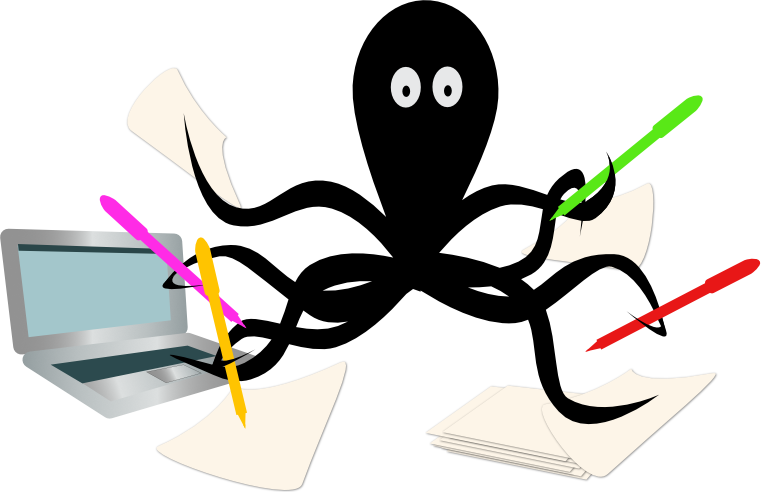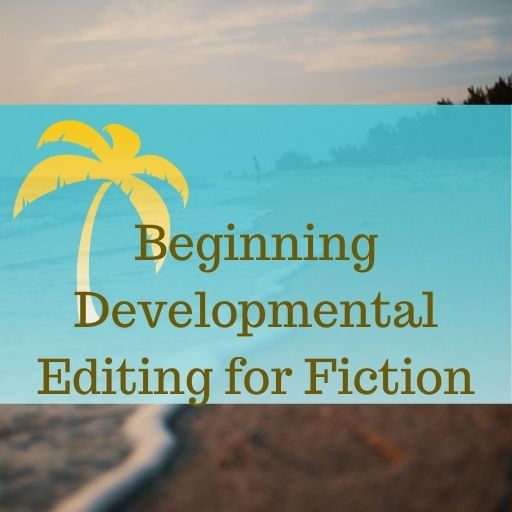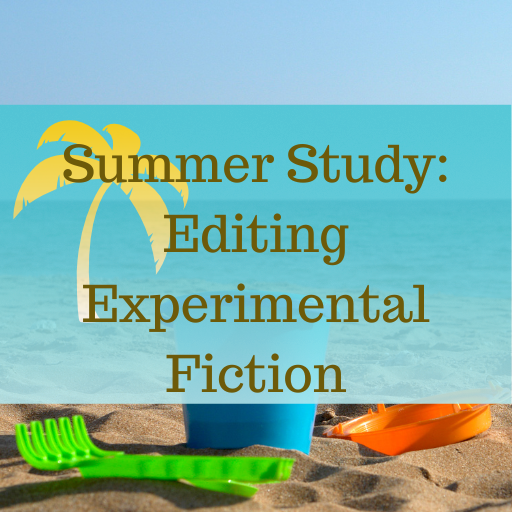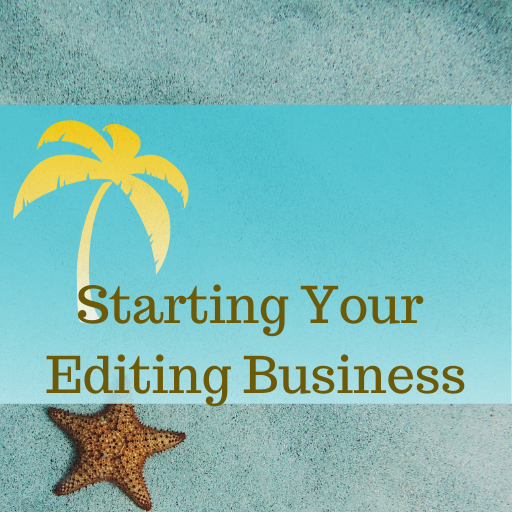Second-Guessing an Edit
I live in Spain, and while I’m working on my Spanish, I’m not yet fluent. The other day, my daughter and I went out to a cafe and ordered drinks and a slice of coconut cake for her. A few minutes later, the server came out and said something that I didn’t quite understand. Then she began listing other tartas on the menu – queso, zanahoria – so I guessed that they were out of coconut cake. I consulted with my daughter and she decided she would just have her drink and nothing to eat. I said, “Ninguna, gracias” (“Nothing, thanks”).
And of course I started second-guessing myself the moment the server left the table. Had I understood the server correctly? Had I inadvertently canceled the whole order (uh-oh) or just the tarta (which is what I intended to do)?
So I waited five minutes, and sure enough the server came with the drinks.
You’re probably suspecting where I’m going with this.
Especially in the early stages of an editing career, editors often second-guess an edit they’ve just delivered. It’s common to torture yourself with doubts: “Gosh, I should have phrased that differently” or “Now that I think about it, the real problem isn’t the character development, it’s the POV the author chose to use.”
But in most cases it is best, and wisest, to sit on your hands after you’ve sent an edit. If the author has questions, they will ask and you can expand on your thinking at that time. Trying to refine the edit after it has been submitted just confuses everyone. Chalk it up to a lesson learned and continue with your life.
To help reduce the possibility of second-guessing my work, I always schedule time to let the edit sit for a day or two before I submit it. Then I review my queries, line edits, and revision letter. I can’t tell you how many times this final review has helped me catch an unclear query or an inconsistent set of queries.
And be assured that you’ll do less second-guessing as you get more comfortable with the process of identifying and explaining developmental problems. It will become second nature and you won’t wonder whether you described the problem clearly. So give yourself permission to learn! It will take time and practice.
The exact phrasing that you use or even the exact diagnosis that you arrive at isn’t as important as giving the author a thorough and insightful look at how an editor experiences the work. Have read the manuscript carefully and thought about it from an editor’s perspective? If you’ve done that, don’t worry about the exact phrasing or diagnosis you came up with.
For example, if you’ve noticed a lot of digressions in a manuscript, you might call this a pacing problem and suggest the author delete the digressions. A different editor might conceive of the digressions as a perspective problem – “this is not what this character would be thinking at this time.”
And both of those perspectives could be perfectly accurate! In either case, the author will need to prune back the digressions, and in either case, the story will be improved. The two different editors are just taking different routes to get there – and that’s okay.
In addition, equally experienced and competent editors can legitimately disagree on whether a certain problem is in fact a problem and if it is, what to do about it. That’s because developmental editing is subjective. Certainly there’s informed judgment, careful methodology, and diplomatic querying, but in the end, there’s no right or wrong in developmental editing.
Join the Club!
New to story editing? Begin at the beginning.








